Internal marketing can be defined as a kind of approach that is being used to connect employees within a firm. While external communications involve communicating with customers, internal marketing directs itself to ensure that the employees of the organization understand the goals, values, and mission statement of the company. This is because by developing this approach of treating its employees as its internal customers the company is establishing links of accountability between its employees and the company’s accomplishments. The study reveals that internal marketing enhances the satisfaction, productivity, and loyalty levels of the employees. It also promotes company spirit and therefore increases possibilities of customer satisfaction and business advancement. This Blog brings an understanding of what internal marketing is, what it’s all about, why it should be done, how it should be done, and how to go about initiating internal marketing in any organization.
What is Internal Marketing?
Internal marketing refers to the process of communicating a company’s goals, vision, and even values to its employees. It encompasses the view of employees as internal customers and guarantees that they are encouraged, well-informed, and content with their workplace. Its purpose is to cultivate a work environment that employees are willing to be a part of, the employees are valued and willing to contribute positively to the company.
In simple basic terms, it means that internal marketing is all about making the employees knowledgeable about the organization's strategic direction and posting them to the organization's objectives. They opined that when employees have the perception that they are part of the company’s mission, it becomes easy to put their best efforts into ensuring the success of the organization.
Key Benefits of Internal Marketing
- Improved Employee Motivation and Engagement: This paper has found that internal marketing is a critical way to boost the motivation of employees. When people understand what is being done by the company and what is expected of them, they can derive meaning from their endeavors. This results in a higher level of participation and productivity. Employees will be willing to do all they can towards ensuring that the company comes out a winner.
- Better Customer Experience: This means that a happy and engaged workforce is better suited to improving the service quality delivered to clients. Happy employees are more enthusiastic and this is a direct threat that affects the quality of customers they have to deal with. This extends to customers, which is crucial for any business since it craves loyalty more than anything else.
- Stronger Company Culture: Internal marketing is useful for creating a good company climate. Organizations are streamlined when the employees and the organization possess the same values and visions. Culture is a determinant of relationships between people, and this relationship has to be positive so that people feel secure and appreciated. It also negates high turnover because people like working with companies that have a good culture and working environment.
- Increased Productivity: Mortished maintains that conforming employees who grasp what is expected of them and share the organization’s goals and objectives will be productive. Thus internal marketing increases the chances that everyone shall have understood his/her responsibilities as well as the significance of the total corporate effort. A rise in performance and efficiency is observed all over the organization as a result of this.
- Improved Employee Retention: Internal marketing is a beneficial approach to creating a good working culture. When employees have the feeling that they can grow within the organization and the organization values them, then turnover decreases. This means that the company reduces costs that are associated with recruitment and training while at the same time having a stronger, improved, and efficient employee.
Best Practices for Internal Marketing
Here are some steps given with the help of which you can learn about internal marketing well and you can also practice it:
- Clear Communication
- Employee Recognition
- Training and Development
- Encouraging Feedback
- Fostering Team Collaboration
- Promoting Company Values
1. Clear Communication
There should always be a linear understanding of the internal marketing process, and that is through proper communication. For the improvement of organizational culture, employees must appreciate the goals, values, and expectations. Special publications that come out regularly along with newsletters are effective methods that can be used for this purpose. Through communication, it becomes very easy to build trust whereby misunderstandings are eradicated.
2. Employee Recognition
The other form of internal marketing is the use of recognition. A formal recognition of valuable performers goes hand in hand with the encouragement of workers to continue performing impressively. Small things like congratulating employees of the month giving credit to the excellent performers during meetings or organizing small tokens of appreciation for jobs well done are ways that can be adopted to enhance the perceived organizational support.
3. Training and Development
Another internal marketing is the embracing of employee training and development programs. With this, every employee trained in a new way and promoted within the organization will always feel valued and make a point to work harder. Providing career development opportunities to employees gives them a clue that the organization cares about their career paths.
4. Encouraging Feedback
In its simplest form, internal marketing does not imply communication flowing only from the apex of an organization to the base. Another point is that feedback from employees should be welcomed as well. Those who listen to ideas and concerns are also able to help improve the company while also letting the employees know that their opinions count. Checking frequently, or setting up specific one-on-one meetings would serve as good methods for obtaining feedback and being able to do something about it.
5. Fostering Team Collaboration
Engaging other people in executing internal marketing strategy is critical. The implementation of cross-functional teams allows employees to feel that they are working towards the same objectives of the organization. Employee relationships may be improved by arranging team-building sessions, inter-departmental activities as well as social activities such as end-of-the-year parties.
6. Promoting Company Values
Essentially, internal marketing is all about reminding individuals within the company of the organization’s best practices constantly. It can be done through Values Education workshops, Values Education training or even folding Values Education into regular Values Education drills. This is true because when the employees buy into the mission and vision statement of the company, they become more sympathetic to the laid down vision by the company.
How to Implement Internal Marketing Strategies
- Here are some strategies for implementing internal marketing:
- Develop a Clear Internal Marketing Plan
- Create a Communication Platform
- Set Clear Expectations
- Measure Success
1. Develop a Clear Internal Marketing Plan
The first process, which people go through when implementing internal marketing strategies is the creation of a plan. Speaking of this plan, certain points must be included; the goals of management, the target audience, that is the employees, the key messages, and the communication channels. The plan should also identify the requirement applied besides the requirement to be met or forecasted results.
2. Create a Communication Platform
The support of a single communication platform becomes critical for internal marketing. Of course, it could still be an intranet platform of the company, an internal newsletter, or a specific application. This should help to disseminate information affecting the company such as changes in policies, new developments, and so on. It should also enable the employees to share and provide information and ideas necessary for their collective work.
3. Set Clear Expectations
However, for internal marketing to work, it’s crucial to set specific goals and objectives. The organizational culture should make the employees understand what is expected of them, the goals of the company, and how they fit into those goals. This can be achieved using onboarding, additional training, and daily team meetings.
4. Measure Success
Internal marketing also needs to be evaluated. This can be achieved through modeling and communication structure that involves the employees such as surveys, appraisal, and feedback. Measuring system: Measuring parameters concerning engagement, satisfaction, or retention levels of the workplace helps to decide about the ‘hit’ or ‘miss’ of IM activities.
Challenges in Internal Marketing
1. Lack of Employee Engagement
One of the major problems in internal marketing is getting employees engaged. When employees are not motivated or do not see the point in internal marketing, they do not respond positively to it. This requires consistent effort, clear communication, and making sure that employees feel valued in participating.
2. Resistance to Change
Employees could be resistant to new internal marketing strategies if employees do not understand them or feel that changes interfere with their work. An approach to address such attitudes would be to explain the positives and involve employees in a decision-making process.
3. Limited Resources
Implementing the internal marketing strategy may be time-consuming and resource-demanding. Smaller companies, in particular, may have limited resources to dedicate to internal marketing campaigns. Businesses may begin with small initiatives that they can scale over time if they see benefits.
4. Inconsistent Messaging
If the company's messages are inconsistent or unclear, it may lead to confusion among employees. This can hurt the effectiveness of internal marketing strategies. Making internal marketing work requires consistency in messaging across all channels.
Conclusion
Internal marketing is important for any organization seeking to create an engaged workforce. This paper has presented clear forms of communication, employee recognition, and collaboration as forms of internal marketing that may help enhance the company's long-term outcomes.
At AHIT (All Hind Info Tech) it is clear that internal marketing plays a significant role in ensuring the staff is committed to their work. Being a marketing services company, we stress the values of reward recognition, attrition of talent, vision of the company, and ongoing training. These principles not only enhance our internal environment but also create the best marketing environment for our clients for our and their mutual growth.







.webp)
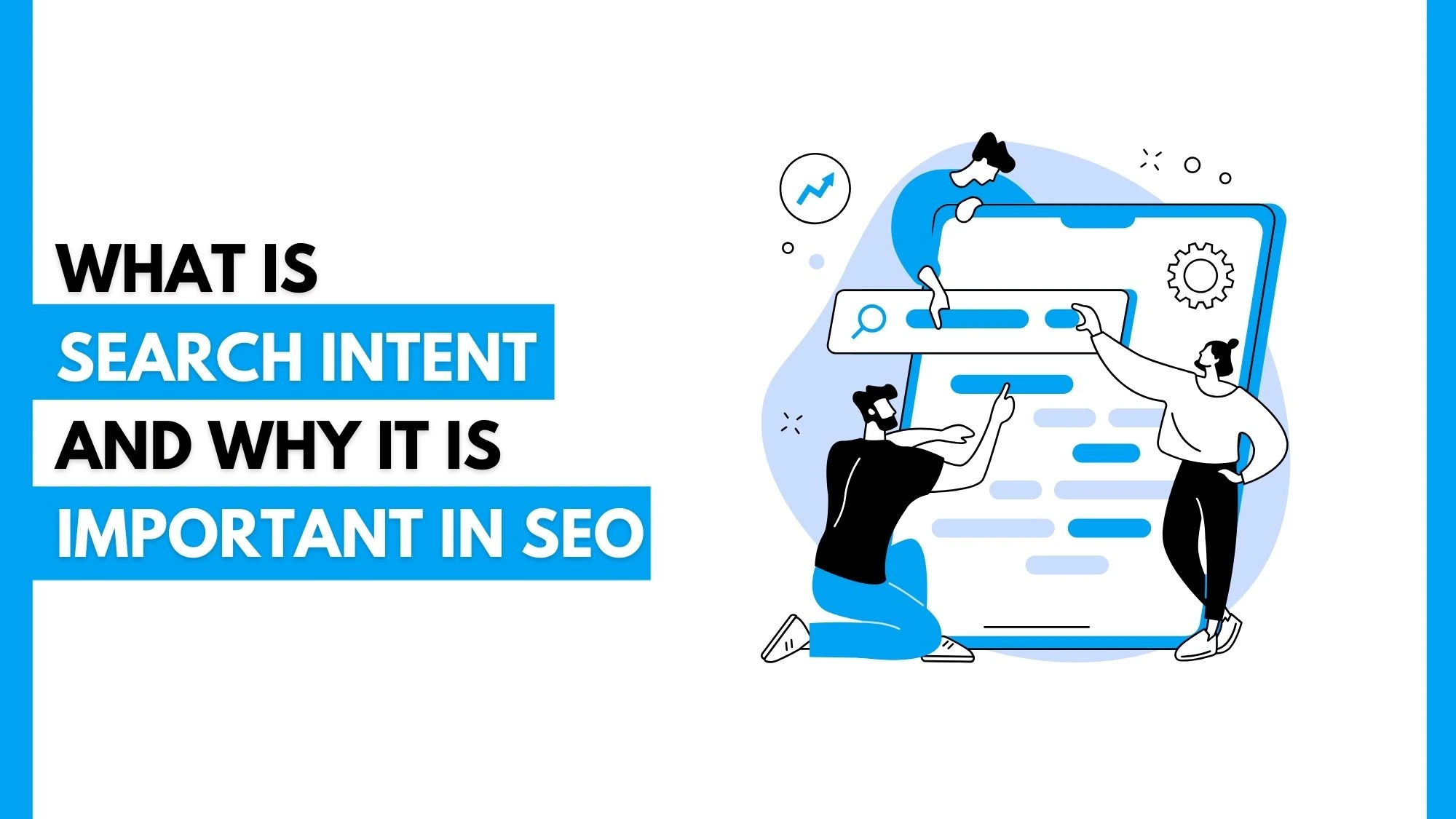
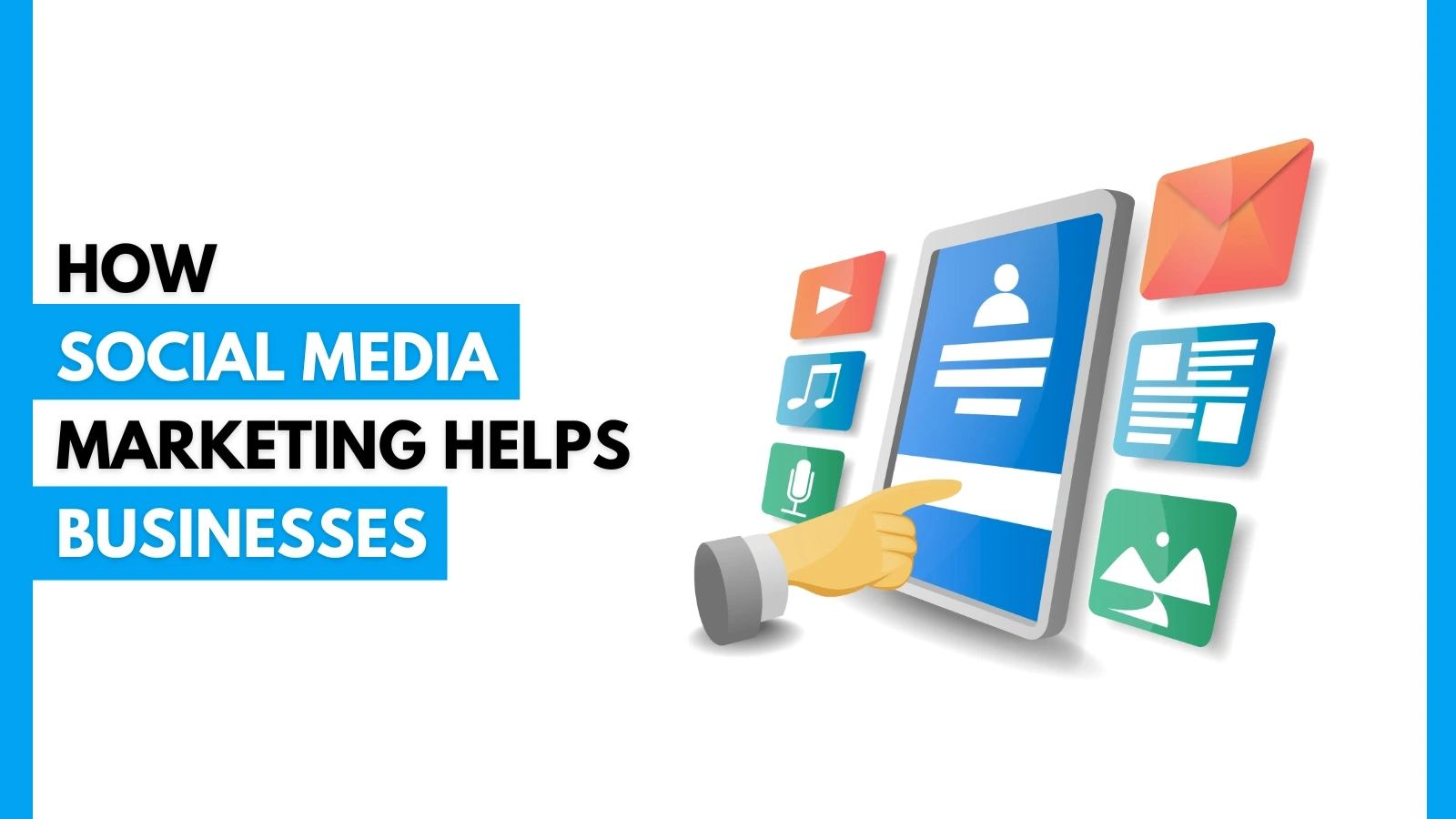
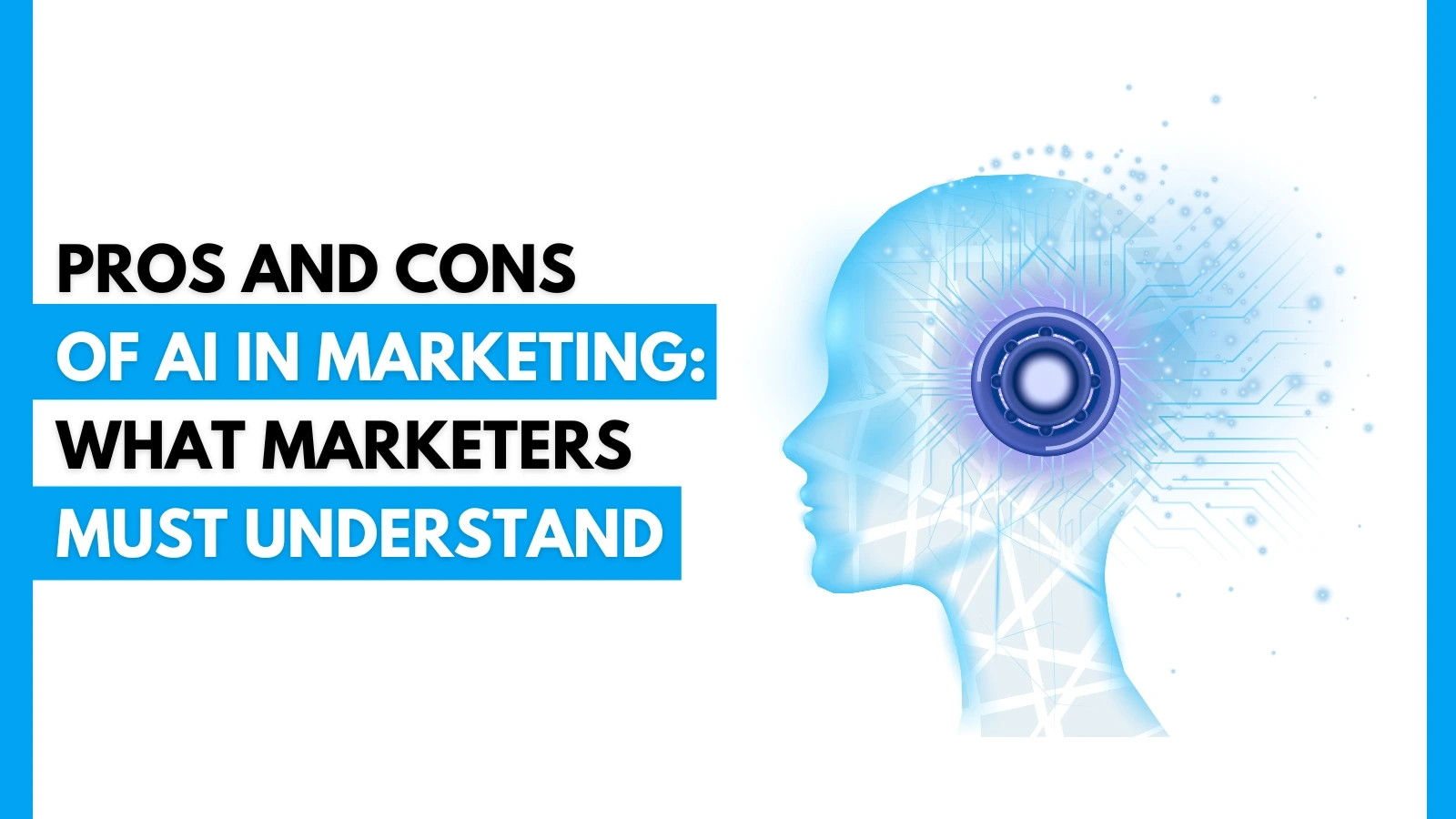
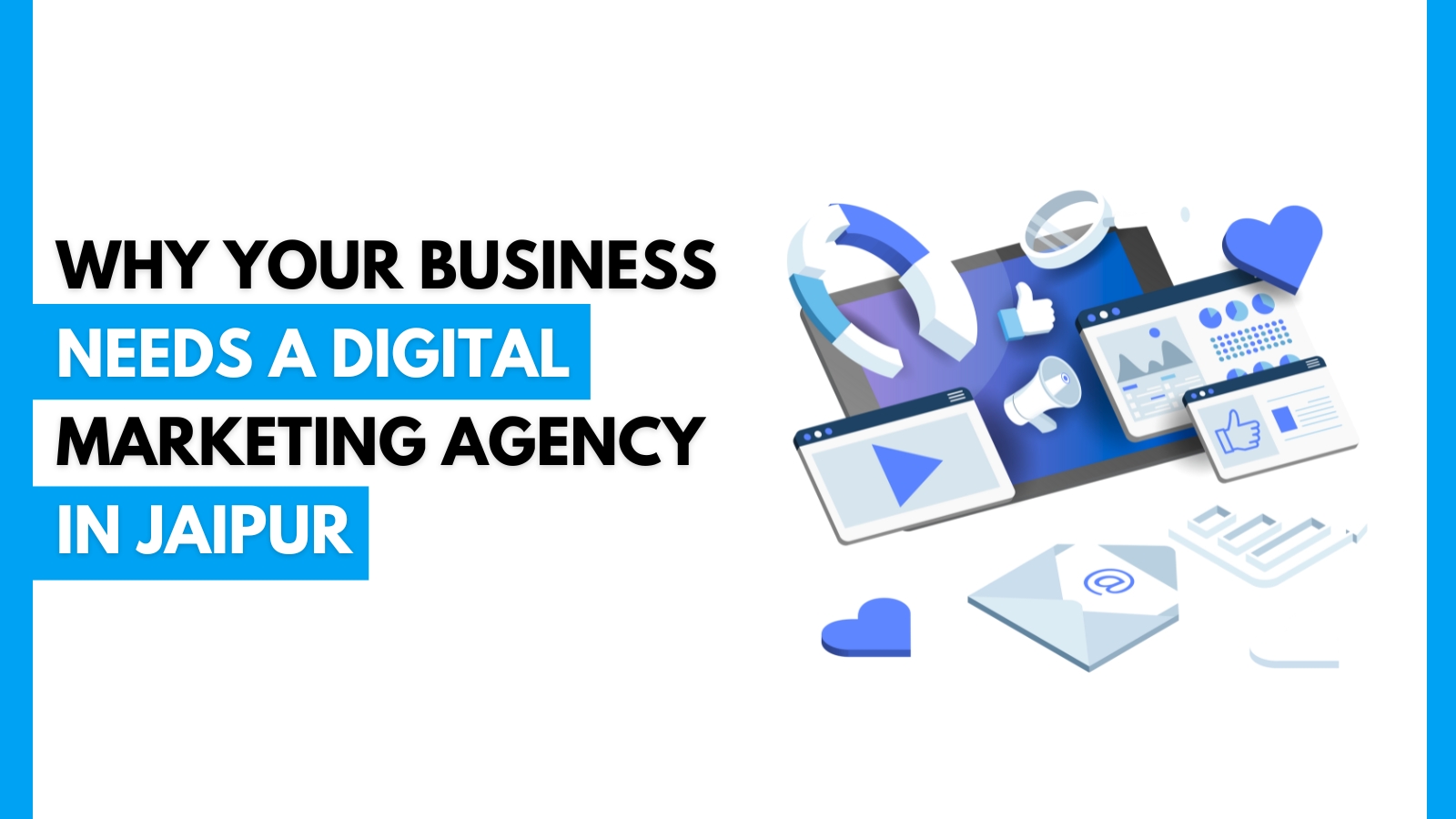
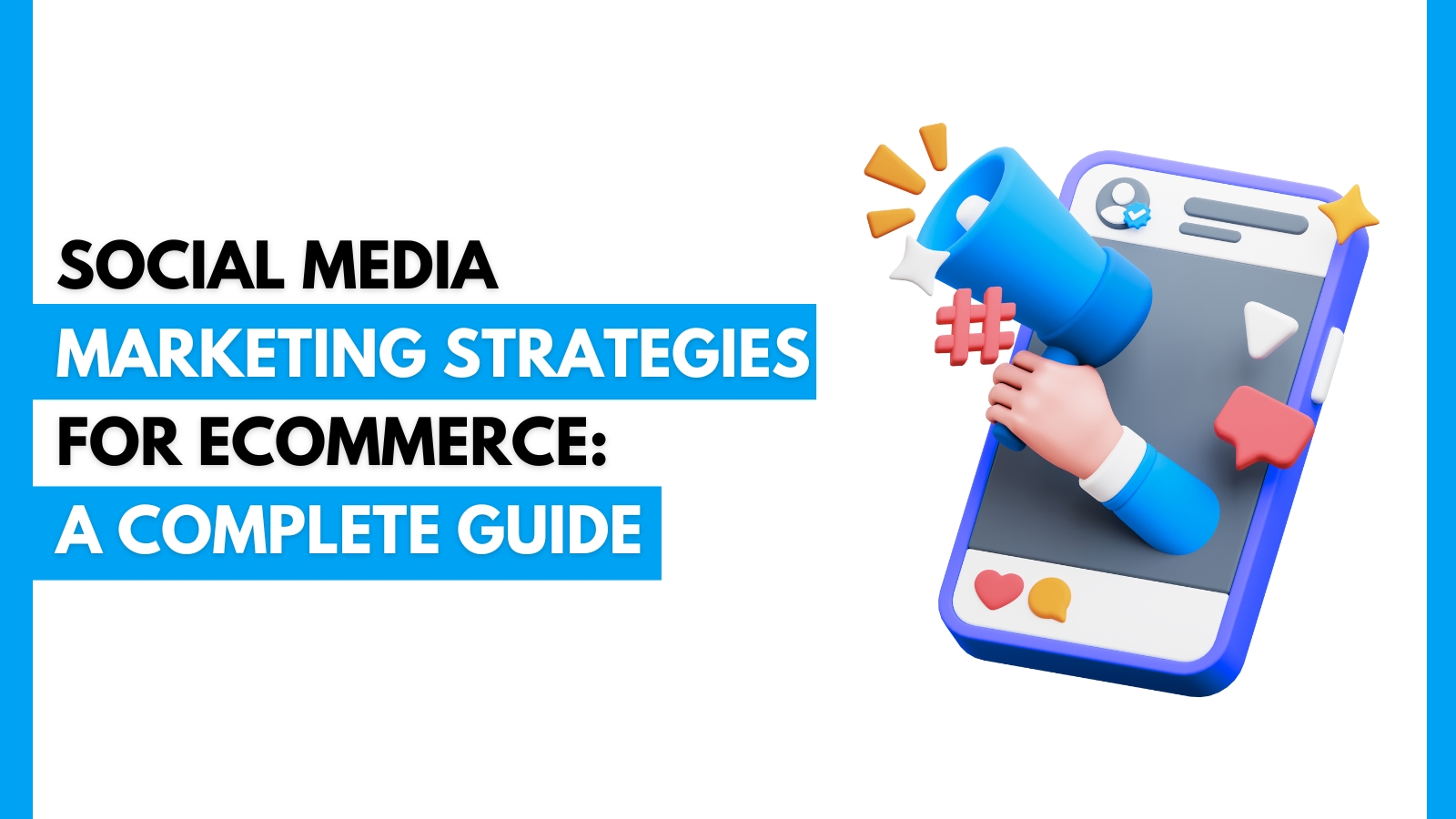

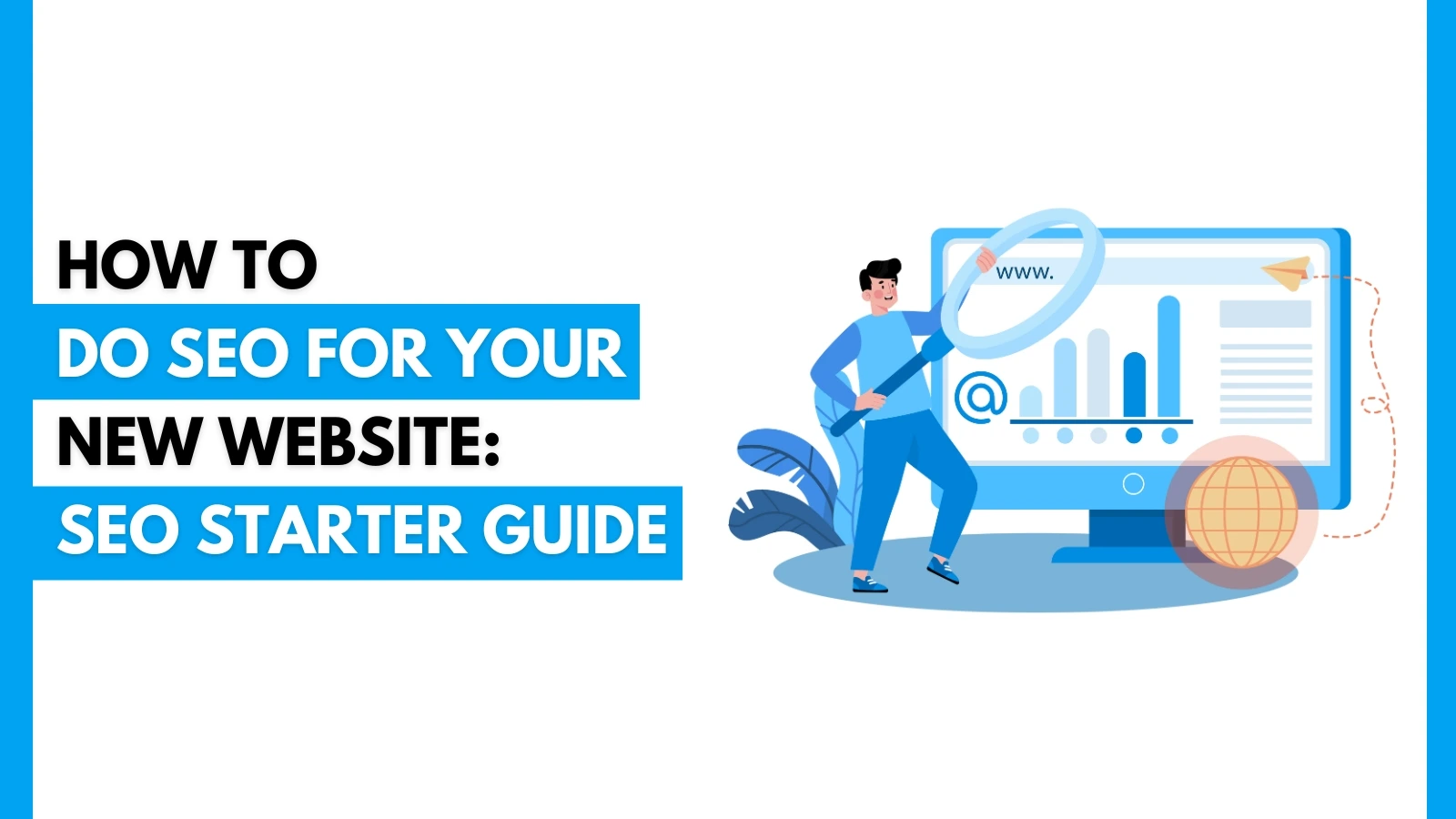
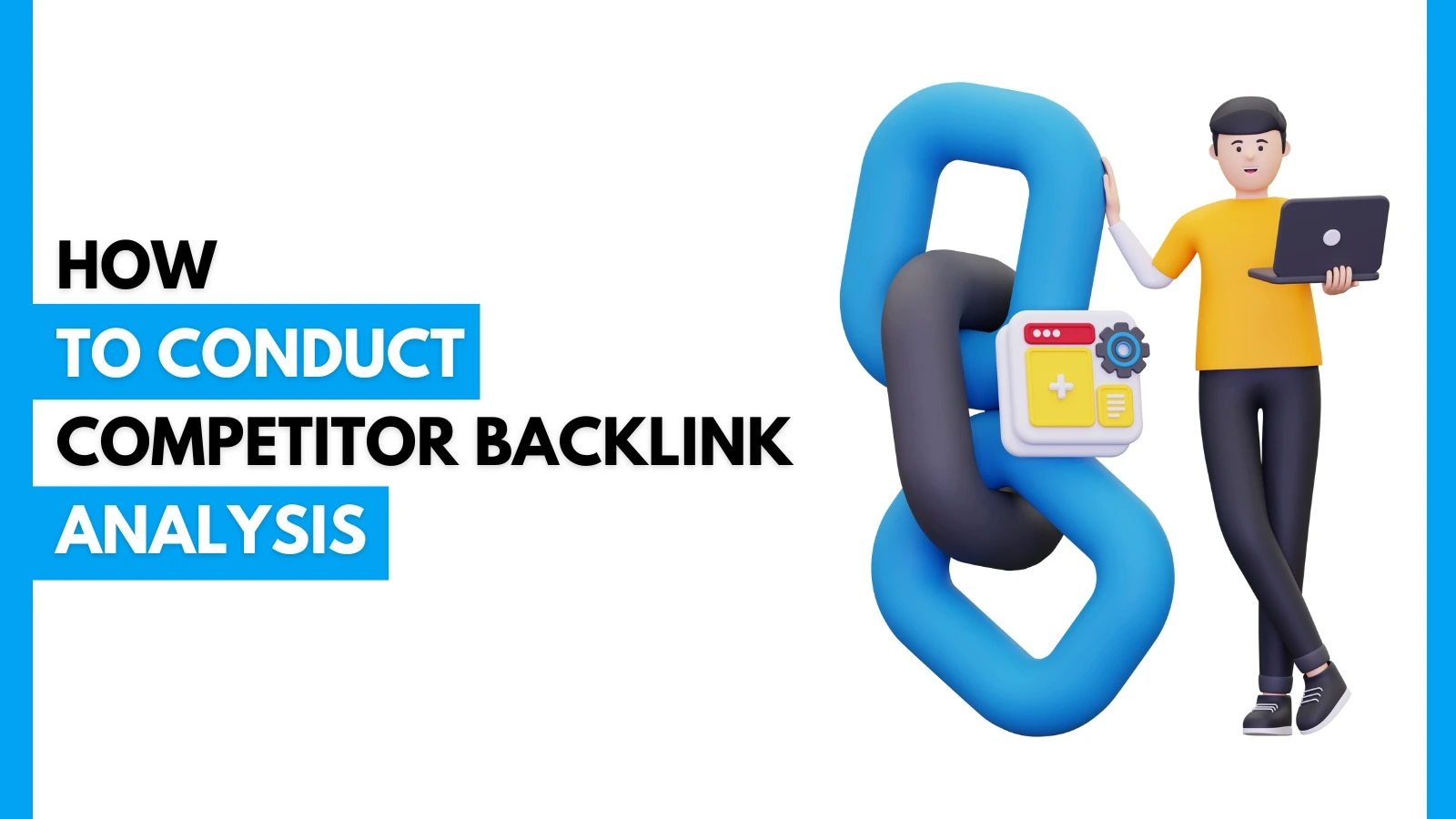











.webp)






















 A Complete Guide.webp)










































.jpg)










 Efficiently.jpg)
.jpg)
























.jpg)
.jpg)
























.jpg)


















.jpg)
.jpg)




























.webp)





.jpg)


















 Campaign.jpg)




.jpg)

.jpg)

.png)



.jpg)



.jpg)
.jpg)
.jpg)



.jpg)








.png)
.jpg)




.jpg)

.jpg)
.jpg)


.jpg)


.jpg)



.jpg)





















.jpg)














.png)





















.jpg)






.png)

.png)



.png)

.png)
.png)



.png)
.png)
.png)
.png)
.png)

.png)
.png)
.png)
.png)
.png)
.png)
.png)
.png)
.png)
.png)
.png)

.png)
.png)
.png)
.png)
.png)
.png)
.png)
.png)
.png)



.png)
.png)
.png)

.png)
.png)
.png)
.png)
.png)
.png)
.png)
.png)
.png)
.png)
.png)
.png)
.png)
.png)
.png)
.png)
.png)
.png)
.png)
.png)
.png)
.png)
.png)
.png)
.png)
.png)
.png)
.png)
.png)
.png)
.png)


.png)
.png)

.png)
.png)
.png)
.png)
.png)
.png)
.png)
.png)
.png)
.png)
.png)
.png)
.png)
.png)
.png)
.png)
.png)
.png)
.png)
.png)

.png)
.png)
.png)

.png)
.png)
.png)
 (1).png)
.png)
.png)
.png)
.png)
.png)
.png)
.png)
.png)

.png)

.png)
.png)
.png)
.png)
.png)
.png)
.png)

.png)
.png)
.png)
.png)
.png)
.png)
.png)
.png)
.png)
.png)
.png)
.png)
.png)
.png)
.png)
.png)


.png)
.png)
.png)
.png)
.png)
.png)
.png)

.png)
.png)
.png)
.png)
.png)
.png)
.png)
.png)
.png)

.png)
.png)

.png)
.png)
.png)

.png)
.png)
.png)

.png)
.png)
.png)
.png)
.png)
.png)
.png)
.png)
.png)
.png)
.png)
.png)
.png)
.png)
.png)
.png)
.png)
.png)
.png)